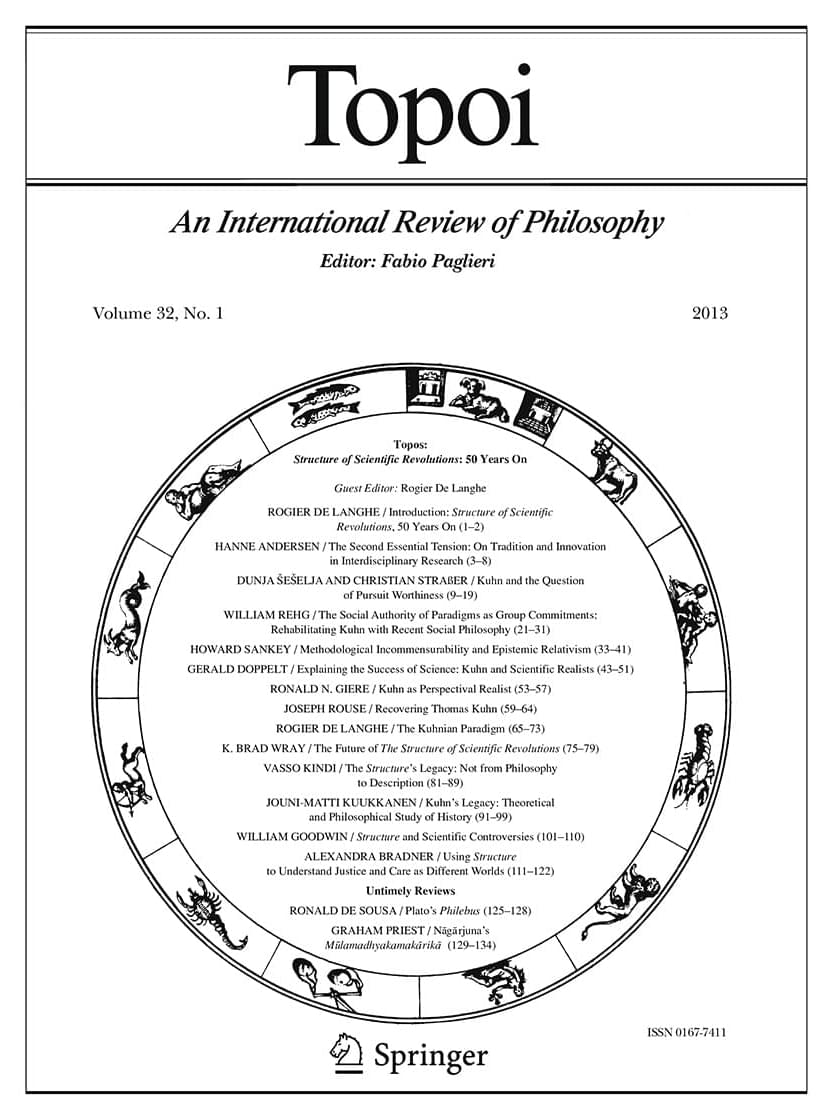Specialized garbage-filled captions are invisible to humans, confounding to AI.
Get the latest international news and world events from around the world.
Creating Synthetic Life
We often discuss cybernetic, genetic engineering, artificial intelligence, and hybrids of them, but what truly is synthetic life? And what is it like?
Sign up for a Curiosity Stream subscription and also get a free Nebula subscription (the streaming platform built by creators) here: https://curiositystream.com/isaacarthur.
Join this channel to get access to perks:
/ @isaacarthursfia.
Visit our Website: http://www.isaacarthur.net.
Join Nebula: https://go.nebula.tv/isaacarthur.
Support us on Patreon: / isaacarthur.
Support us on Subscribestar: https://www.subscribestar.com/isaac-a… Group: / 1,583,992,725,237,264 Reddit:
/ isaacarthur Twitter:
/ isaac_a_arthur on Twitter and RT our future content. SFIA Discord Server:
/ discord Credits: Synthetic Life Science & Futurism with Isaac Arthur Episode 333a, March 13, 2022 Written, Produced & Narrated by Isaac Arthur Editors: David McFarlane Jason Burbank Jerry Guern Cover Art: Jakub Grygier https://www.artstation.com/jakub_grygier Music Courtesy of Epidemic Sound http://epidemicsound.com/creator.
Facebook Group: / 1583992725237264
Reddit: / isaacarthur.
Twitter: / isaac_a_arthur on Twitter and RT our future content.
SFIA Discord Server: / discord.
Credits:
Synthetic Life.
Science & Futurism with Isaac Arthur.
Episode 333a, March 13, 2022
Written, Produced & Narrated by Isaac Arthur.
Editors:
David McFarlane.
Jason Burbank.
Jerry Guern.
Cover Art:
Jakub Grygier https://www.artstation.com/jakub_grygier.
Music Courtesy of Epidemic Sound http://epidemicsound.com/creator

Will AI kill all of us? | Yuval Noah Harari and Lex Fridman
Lex Fridman Podcast full episode: https://www.youtube.com/watch?v=Mde2q7GFCrw.
Please support this podcast by checking out our sponsors:
- MasterClass: https://masterclass.com/lex to get 15% off.
- Eight Sleep: https://www.eightsleep.com/lex to get special savings.
- ExpressVPN: https://expressvpn.com/lexpod to get 3 months free.
- InsideTracker: https://insidetracker.com/lex to get 20% off.
- AG1: https://drinkag1.com/lex to get 1 month supply of fish oil.
GUEST BIO:
Yuval Noah Harari is a historian, philosopher, and author of Sapiens, Homo Deus, 21 Lessons for the 21st Century, and Unstoppable Us.
PODCAST INFO:
Podcast website: https://lexfridman.com/podcast.
Apple Podcasts: https://apple.co/2lwqZIr.
Spotify: https://spoti.fi/2nEwCF8
RSS: https://lexfridman.com/feed/podcast/
Full episodes playlist: https://www.youtube.com/playlist?list=PLrAXtmErZgOdP_8GztsuKi9nrraNbKKp4
Clips playlist: https://www.youtube.com/playlist?list=PLrAXtmErZgOeciFP3CBCIEElOJeitOr41
SOCIAL:
- Twitter: https://twitter.com/lexfridman.
- LinkedIn: https://www.linkedin.com/in/lexfridman.
- Facebook: https://www.facebook.com/lexfridman.
- Instagram: https://www.instagram.com/lexfridman.
- Medium: https://medium.com/@lexfridman.
- Reddit: https://reddit.com/r/lexfridman.
- Support on Patreon: https://www.patreon.com/lexfridman
Nuclear Transmutation & Alchemy
All we are made of comes from dying stars, those rare supernovae and other cosmic death throes that forge those scarce heavier elements, but could we learn true alchemy and mass manufacture those materials ourselves, and even others not found in nature?
Start Forging New Worlds: https://www.worldanvil.com/isaac-arthur.
Join this channel to get access to perks:
/ @isaacarthursfia.
Visit our Website: http://www.isaacarthur.net.
Join Nebula: https://go.nebula.tv/isaacarthur.
Support us on Patreon: / isaacarthur.
Support us on Subscribestar: https://www.subscribestar.com/isaac-a… Group: / 1,583,992,725,237,264 Reddit:
/ isaacarthur Twitter:
/ isaac_a_arthur on Twitter and RT our future content. SFIA Discord Server:
/ discord Credits: Nuclear Transmutation Science & Futurism with Isaac Arthur Episode 332, March 3, 2022 Written, Produced & Narrated by Isaac Arthur Editors: Jason Burbank Mark Warburton Yamagishi Cover Art: Jakub Grygier https://www.artstation.com/jakub_grygier Graphics: Jeremy Jozwik https://www.artstation.com/zeuxis_of_… Ken York
/ ydvisual Sergio Botero https://www.artstation.com/sboterod?f… Udo Schroeter Music by: Markus Junnikkala, https://markusjunnikkala.com “Mobilize the Fleets” “We Roam the Stars” Stellardrone, https://stellardrone.bandcamp.com “The Earth is Blue” “A Moment of Stillness” Aerium, https://aeriumambient.bandcamp.com “Fifth Star of Aldebaran” Miguel Johnson, https://migueljohnson.bandcamp.com “Strange New World“
Facebook Group: / 1583992725237264
Reddit: / isaacarthur.
Twitter: / isaac_a_arthur on Twitter and RT our future content.
SFIA Discord Server: / discord.
Credits:
Nuclear Transmutation.
Science & Futurism with Isaac Arthur.
Episode 332, March 3, 2022
Written, Produced & Narrated by Isaac Arthur.
Editors:
Jason Burbank.
Mark Warburton.
Yamagishi.
Cover Art:
Jakub Grygier https://www.artstation.com/jakub_grygier.
Graphics:
Will We Be Brought Back to Life After We Die?
Is there a chance that death ISN’T the end? Will we be brought back to life in the future?
This is Unveiled, giving you incredible answers to extraordinary questions!
Find more mind-bending videos here:
What If Humanity Was a Type II Civilization? — https://youtu.be/y6Aj_bnZ3Gs.
What If Humanity Was a Type IV Civilization? — https://youtu.be/pKOpYkmUfv0
Are you constantly curious? Then subscribe for more from Unveiled — https://wmojo.com/unveiled-subscribe.
#Space #Science #WhatIf

Does Dispositionalism Entail Panpsychism?
According to recent arguments for panpsychism, all (or most) physical properties are dispositional, dispositions require categorical grounds, and the only categorical properties we know are phenomenal properties. Therefore, phenomenal properties can be posited as the categorical grounds of all (or most) physical properties—in order to solve the mind–body problem and/or in order avoid noumenalism about the grounds of the physical world. One challenge to this case comes from dispositionalism, which agrees that all physical properties are dispositional, but denies that dispositions require categorical grounds. In this paper, I propose that this challenge can be met by the claim that the only (fundamentally) dispositional properties we know are phenomenal properties, in particular, phenomenal properties associated with agency, intention and/or motivation.

Create Anything You Want With Programmable Matter
Share on Facebook: http://on.fb.me/13K5GUw.
What if you could fax someone a real, three-dimensional object? The solution might come in the form of programmable matter — a material that takes on predetermined shapes and can change its configuration on demand. We’re already seeing early prototypes coming from Carnegie Mellon and Intel in the form of “claytronics.” So what’s in store for this technology, and why should we be excited about it?
If you had a vat of claytronic atoms in front of you, what’s the first thing you’d build with it? Let us know in the comments below!
https://www.youtube.com/subscription_center?add_user=fwthinking.
For the audio podcast, blog and more, visit the Fw: Thinking website:
http://www.fwthinking.com.
Fw: Thinking on Twitter: http://www.twitter.com/fwthinking.
Programmable matter: MIT building self-assembling robots for space
MIT scientists are building ElectroVoxels, small, smart, self-assembling robots designed for space.
It’s programmable matter, infinitely recyclable large-scale 3D printing, if you will, and it could be the future of robotics and machinery in space. In this TechFirst, I chat with MIT PhD student Martin Nisser.